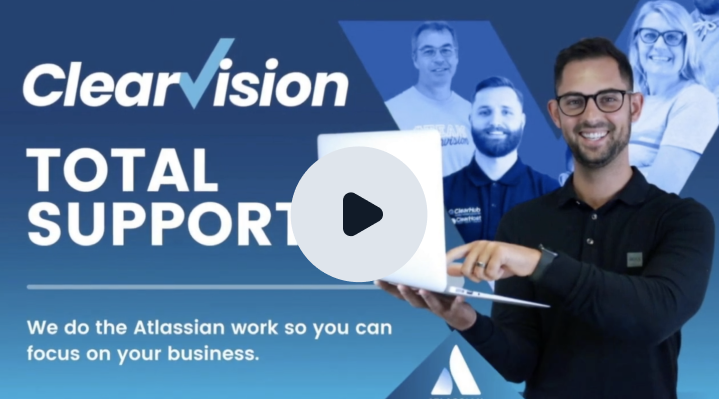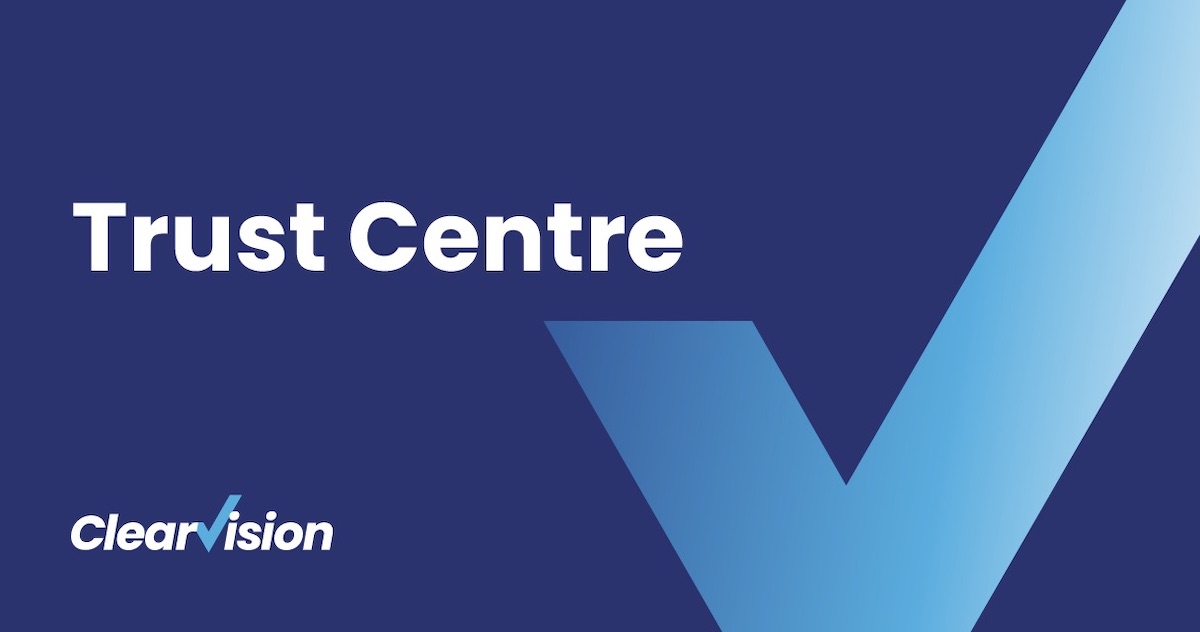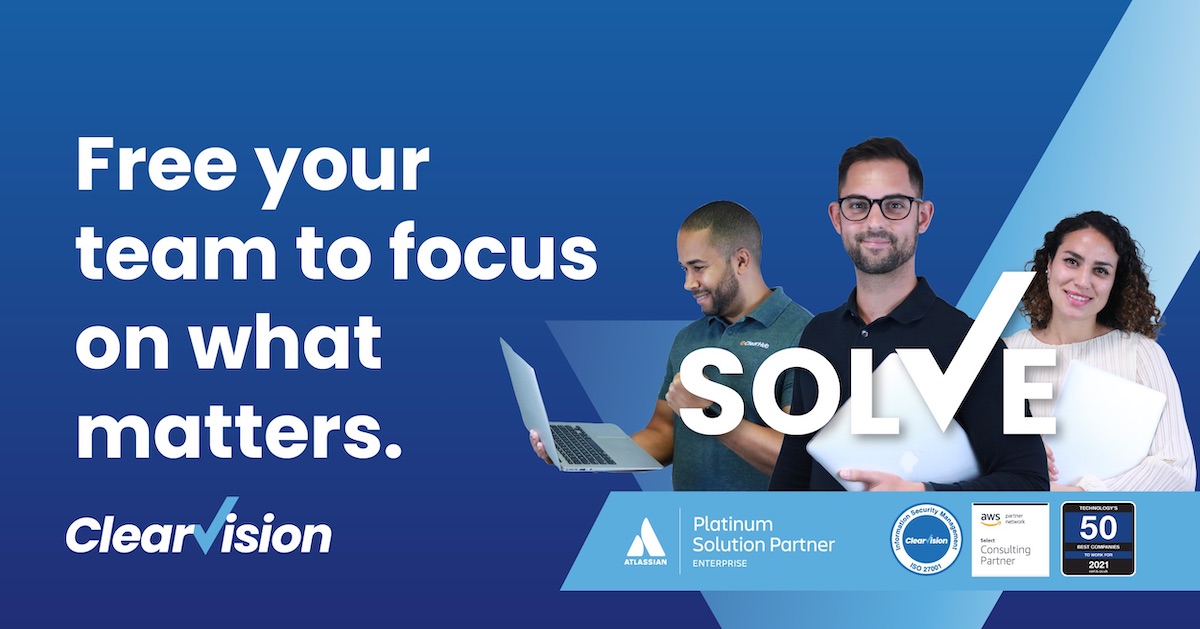5 Reasons Enterprises Are Migrating From Legacy Tools
Clearvision consultant Philip Armour on why you should ignore the naysayers and modernize sooner rather than later - it's time to migrate from legacy tools or risk losing out and being left behind.
- September 22, 2017
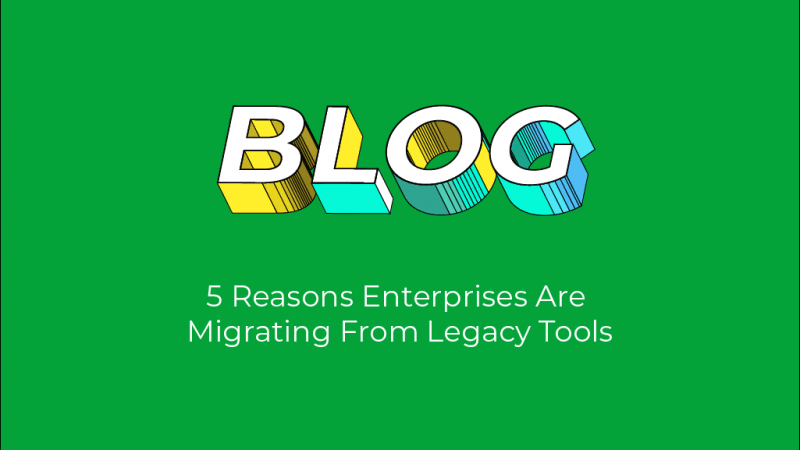
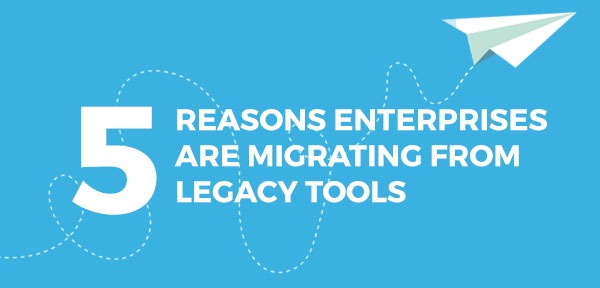
Why is it time to migrate?
The decision to migrate to a new tool can be a tough one. Many organizations are reluctant to a move on that scale. After all, their teams already know how to use their current tools – in some cases, they’ve been using them for years, and the company’s data is already there.
Often it can be a case of “if it ain’t broke, don’t fix it”. But when has innovation ever been borne out of staying still?
More and more Enterprise organizations are migrating from legacy tools, and Clearvision’s expert consultants have worked with many of them to make sure the move is a smooth one. Here are just some of the motivations behind migration in the Enterprise
1. To modernize the work environment
Legacy tools often do not perform their function very well and are usually poorly integrated with other tools. They tend not to adapt as well to changing requirements as more modern tools.
Tools like Git, Gerrit, Jenkins and the Atlassian stack, on the other hand, are very easy to interface with one another. This means even before any custom configuration, information is already flowing more efficiently across your tools and teams.
2. To move to a common toolset (convergence)
A large organization with many disperse divisions and teams can end up using a very large array of tools. It becomes messy and disorganized very fast.
Aspiring to move the whole organization towards using a common set of approved tools leads to both cost and efficiency advantages. For starters, the licensing picture is more coherent, and all of the associated support and training becomes considerably more consolidated. You’ll save time and find your teams are maximising their productivity at the same time.
3. To move to Open Source
Back in the day it was generally thought that proprietary software owned by large companies was the ‘safest’ choice, both from the point of view of long term product support and product longevity. However, Open Source software can in fact be more dependable (and safe from effects of corporate takeovers) because large Open Source projects are always likely to have an active developer community.
Open Source products also give organizations the ability to work on and develop the source code themselves. Note that Atlassian also provides the source code of its products even though they are not Open Source – the Atlassian developer community is equally active. Organizations of all shapes and sizes are much more likely to find tools and plugins better suited to their needs.
Embracing Open Source also leads to significantly reduced spending. The costs associated with licenses for legacy tools like ClearCase are very high in a large organization. Comparatively, Open Source tools have no licensing costs, and Atlassian’s licensing costs also tend to be much lower than those associated with legacy tools.
4. To move to a more Agile mindset
For historical reasons, teams within large organizations often find themselves operating in a very non-Agile way — that is, following a Waterfall process.
At a quick glance:
- A Waterfall process involves planning, estimating and scheduling all your work from beginning to end. There’s very little scope for adapting to change, particularly if something goes wrong.
- Agile methodologies suggest planning and progressing your work in small pieces using an iterative approach, allowing you to learn from your errors or misjudgements.
The Waterfall methodology is more traditional, hence its prevalence in very large teams. Thanks to its numerous benefits, however, Agile adoption is on the rise in the Enterprise, and tools transformation can often be a catalyst for the change.
Utilizing Open Source tools or tools like the Atlassian suite brings work in line with with Agile principles, including:
- Improving communication between customers and stakeholders
- Reducing information ‘silos’ and reducing the importance of physical site
- Moving towards more frequent releases with quicker, iterative development cycles
5. To address team-specific pain points and problems
Since migrating to a new tool is a process of transformation, it can also be a good opportunity to try to address any pain points in the development process for specific parts of the organization. Often these pain points may have existed and had a negative effect for a long time.
Frequent examples of these pain points include:
- Code quality problems
- Long build times
- Infrastructure unreliability
These problems often persist because they’re a direct result of the limitations legacy tools impose on adaptations.
At Clearvision, our consultants are experienced experts in ensuring a smooth migration between tools and encouraging user adoption once you’ve made the move. Find out more about our migration services, or get in touch today for a chat about how we can help!
clearvisionwebmaster
Atlasssian expert resources
Visit our blog for expert news and articles from the Atlassian world. On our resources page you will find recorded webinars, white papers, podcasts, videos and more.
The Software Blog
Read our blog for articles offering best practice advice written by Atlassian experts, as well as the latest news concerning your software.
Software White Papers and Guides
Dive deep into Atlassian software with our white papers and guides on individual tools, partner products, services, and best practices, written by the experts.
Expert Webinars
All of our webinars are pre-recorded and available to watch on-demand. Enjoy everything from partner features to application demos and updates from Atlassian experts.

